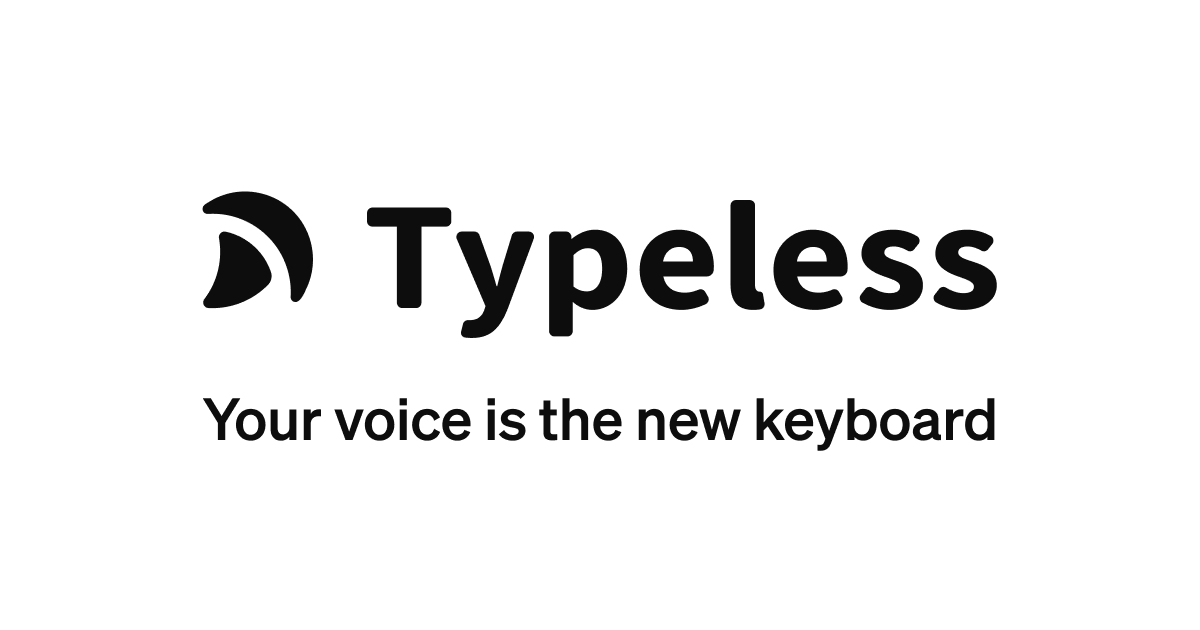Jeffrey Paul: Show Candidates Your Cap Table.
It’s hard enough trying to decide if you should take a job with an early-stage startup. There’s so much uncertainty: the product, your reputation, salary (as always), and, of course, equity.
The generally accepted wisdom is that you should treat equity like a lottery ticket. It’s nice to have, but it probably won’t be worth anything. This isn’t bad advice, but when you buy a lottery ticket, you know the exact number the jackpot represents.
Most employee equity grants (which almost always take the form of stock options) typically only specify the number of options being granted to the employee and the associated strike price (and a vesting schedule). They can’t indicate what percentage of the company at a potential exit those options represent without also providing the number of total shares outstanding and a rough estimate of future dilution as the company raises more money. Even with those figures, it is not possible to assess the potential value of an options grant without additional key inputs—most critically, the post-money valuation of the most recent financing round. This isn’t even taking into account any liquidation preferences.
Most employee option grants vest over time, typically with a one-year cliff and a four-year schedule. This means you won’t have access to most of your options until you’ve worked at the company for several years. Depending on the stage of the company, that timeframe may encompass one or more additional financing rounds before it would be reasonable to exercise the portion of your options that are vested, let alone participate in any kind of secondary market. Additional dilution affecting all equity holders (including founders) is almost certain as further funding rounds occur. This adds even more uncertainty to your calculations, driven by variables both beyond your control and presently unknowable with any precision.












